In 2024, ecotourism in Bu Gia Map National Park has made significant progress. With more than 8,500 visitors, an increase of 2,500 compared to 2023, national park tourism has become a bridge between traditional and modern culture, opening up new opportunities for the ethnic minorities here.
Create job opportunities, increase income
Coming to Bu Gia Map National Park, the traditional cultural features of ethnic minorities are cleverly integrated into tourism activities, creating a unique attraction. Through cultural exchange programs, visitors not only experience unique cultural values but also contribute to opening up job opportunities and increasing income for the people here.
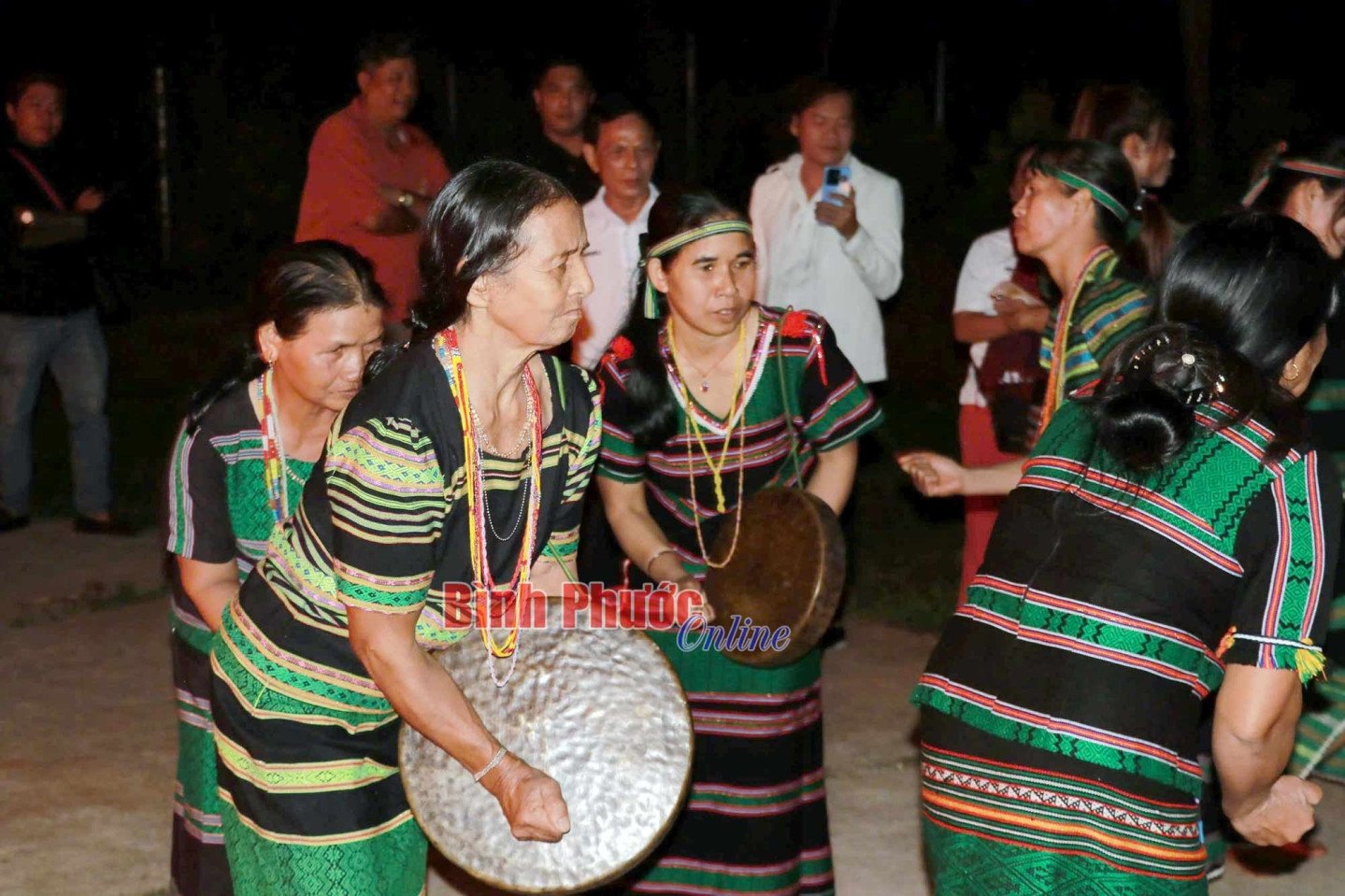
The development of ecotourism in Bu Gia Map National Park has created many job opportunities for ethnic minorities, especially the Stieng and M'nong. Currently, the national park has built and maintained a team of 70 collaborators, mainly local ethnic minorities, who take on the role of guiding tourists and organizing cultural activities. Dieu Nhuan, a member of the performing arts group at the national park, shared: “Before, my life was quite difficult, but since joining the cultural community group, I not only have more income but also have the opportunity to express my ethnic identity. Being able to dance and convey the culture of the Stieng people to tourists is a great source of pride for me.”
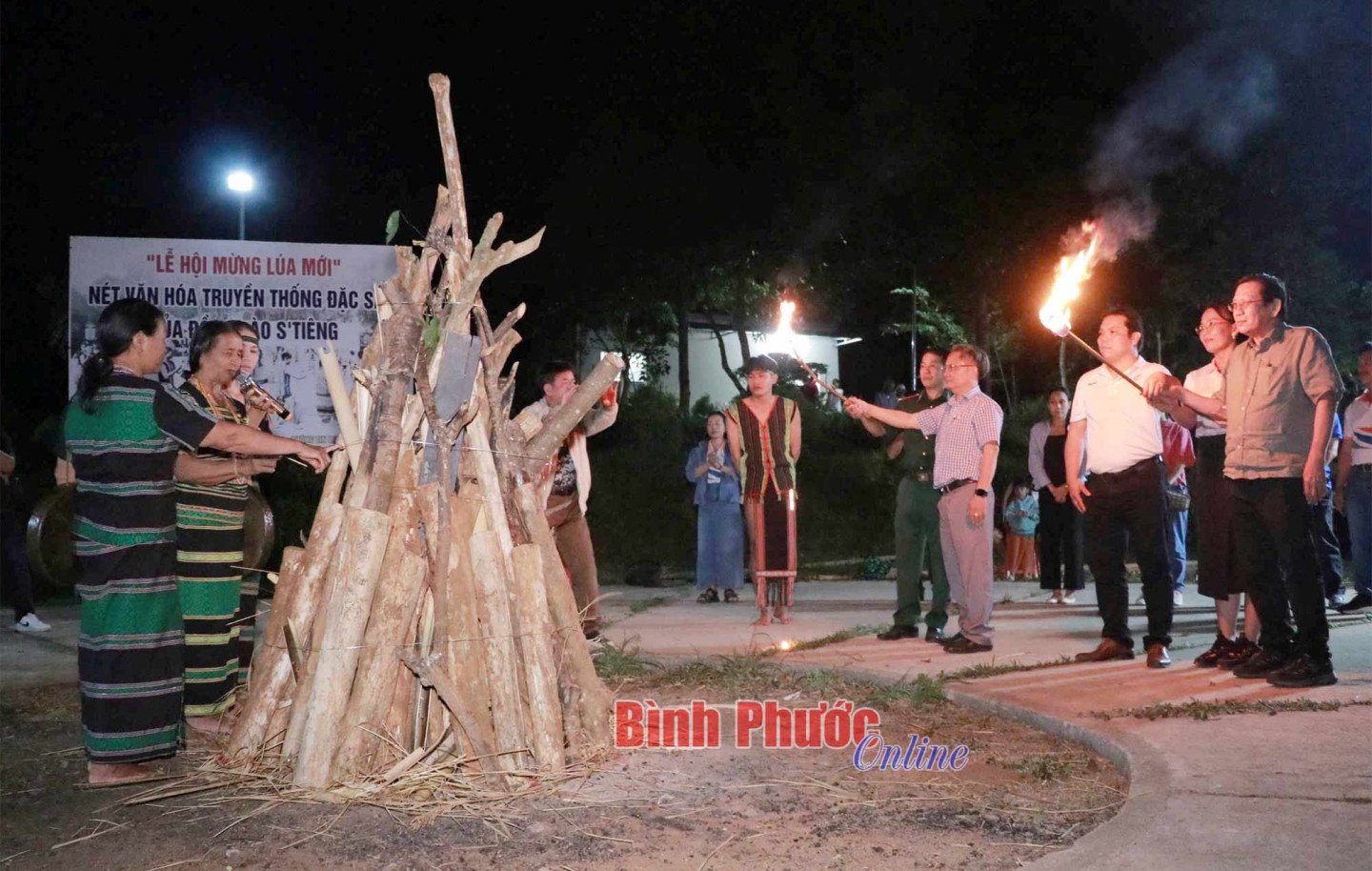
Like Dieu Nhuan, Dieu Thi Deng expressed her joy in participating in tourism activities: “Thanks to the connection from the local government, I have the opportunity to participate in community tourism programs. In the past, my family faced many economic difficulties, but now thanks to serving tourists, my income has become more stable. Not only that, I feel very happy to be able to introduce the cultural beauty of my people to many people.”
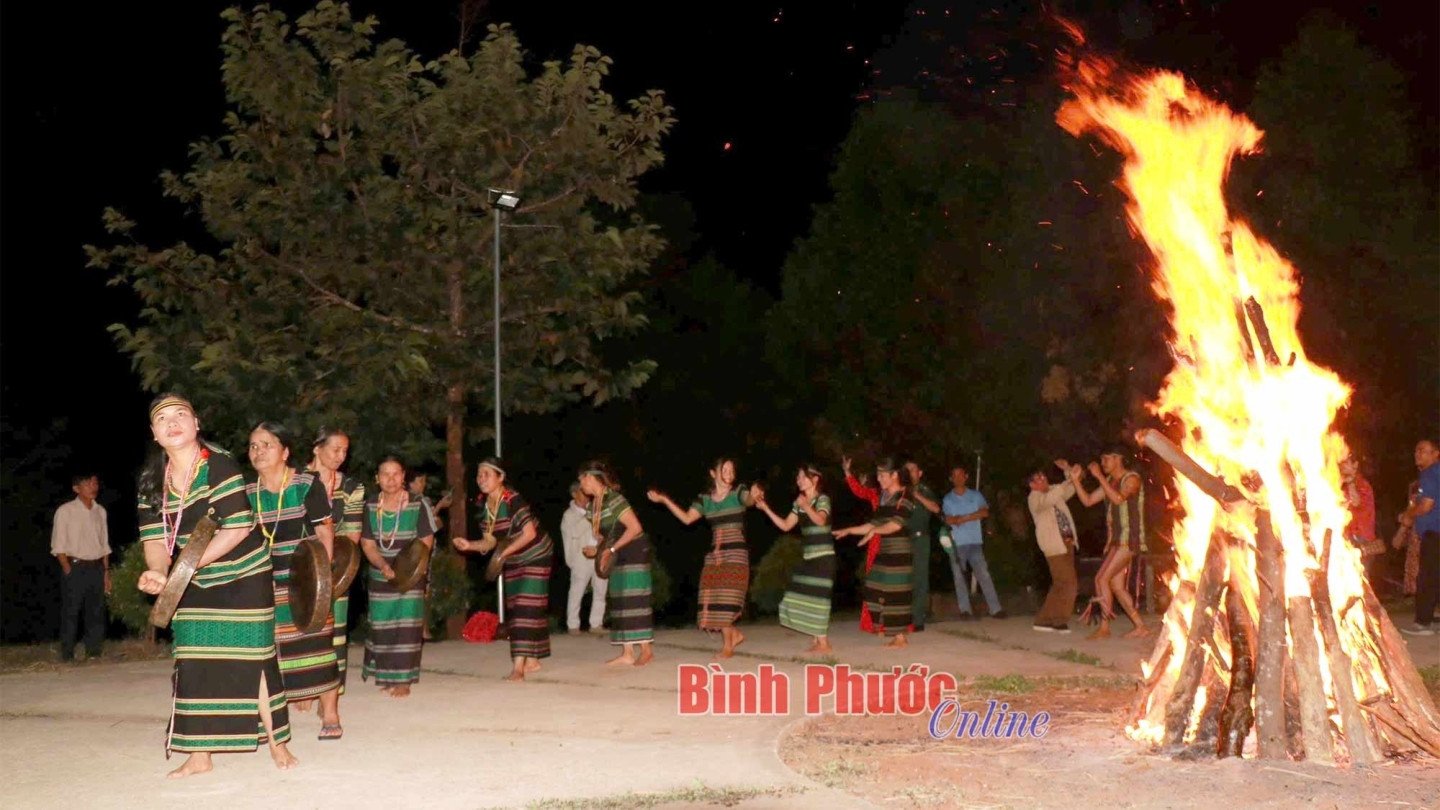
Previously, most ethnic minorities in Bu Gia Map National Park mainly lived on slash-and-burn farming and exploiting forest resources. With the development of ecotourism, they have had the opportunity to participate in tourism service activities, from tour guides, performing arts and cooking typical dishes of the Stieng and M'nong people to organizing traditional cultural experiences. Mr. Dieu Thap, a collaborator at Bu Gia Map National Park, said: “Ecotourism has brought a new direction to the ethnic minorities. Currently, we can participate in activities of guiding tourists, performing cultural performances, helping to preserve nature and develop tourism. I believe that when more people know about Bu Gia Map National Park, the ethnic minorities will have more opportunities to stabilize their lives and preserve their national identity.”
Activities such as performing traditional musical instruments, gong dancing or organizing typical festivals not only help preserve national culture but also become attractive tourism products. Through this, local people have a stable source of income, while at the same time, awareness of preserving national cultural identity is raised.
Sustainable directions for local tourism
Realizing the great potential of community tourism, the Management Board of Bu Gia Map National Park has specific strategies for sustainable development. Mr. Do Truong Giang, Deputy Director of the Center for Propaganda, Tourism, Rescue and Conservation of Bu Gia Map National Park shared: “Bu Gia Map National Park has built and connected community groups to work as tourism collaborators so that they can participate in performing the unique cultural and artistic activities of the Stieng and M'nong people. This is not only an opportunity to help people have jobs but also an effective way to preserve and promote the cultural values of ethnic groups”.

Community tourism not only brings economic benefits to local people but also promotes a responsible tourism model, ensuring long-term development and not negatively affecting the natural environment.
From the results achieved, it can be seen that the community tourism model in Bu Gia Map National Park not only contributes to economic development but also helps protect natural resources and preserve the cultural identity of ethnic minorities. Looking to the future, ecotourism combined with sustainable livelihoods in Bu Gia Map National Park promises to continue to develop strongly. With the support from the authorities and the efforts of the local community, this place has the potential to become a model tourism model, bringing both economic benefits and contributing to the conservation of nature and culture.
In addition to maintaining and developing cultural exchange programs, Bu Gia Map National Park is aiming to expand more attractive experiential activities, aiming to bring visitors more authentic and in-depth perspectives on nature as well as the cultural life of ethnic minorities. In the coming time, visitors will have the opportunity to participate in tours to explore the primeval forest, to see the diverse ecosystem with their own eyes, learn about rare animals and plants and immerse themselves in the wild nature. At the same time, activities to learn how to prepare ethnic cuisine are also deployed, helping visitors not only enjoy but also directly participate in the process of preparing typical dishes of the Stieng and M'nong people such as Canh Thut, Com Lam, Ruou Can, etc. These activities not only help visitors have the opportunity to explore and experience but also play an important role in creating more stable job opportunities for local people.
Ecotourism in Bu Gia Map National Park has been bringing positive effects, contributing to changing the lives of ethnic minorities here. Along with that, traditional cultural values are preserved and cleverly combined with modern tourism activities, creating a unique highlight in the picture of sustainable development, opening up bright prospects for local tourism.
Source






![[Photo] Prime Minister Pham Minh Chinh receives President of Cuba's Latin American News Agency](/_next/image?url=https%3A%2F%2Fvphoto.vietnam.vn%2Fthumb%2F1200x675%2Fvietnam%2Fresource%2FIMAGE%2F2025%2F12%2F01%2F1764569497815_dsc-2890-jpg.webp&w=3840&q=75)
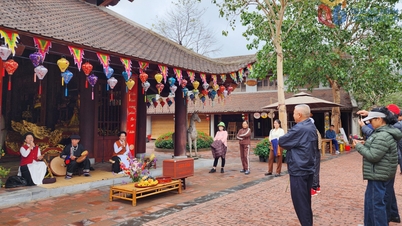



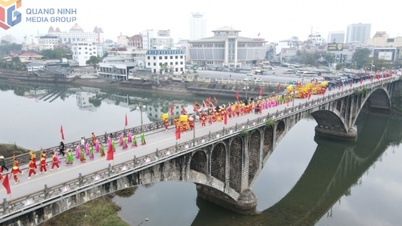
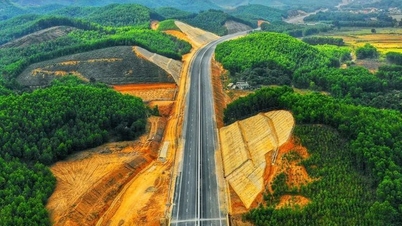

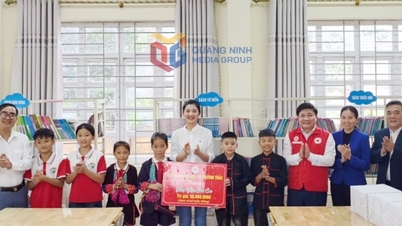

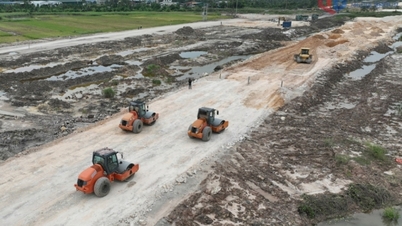
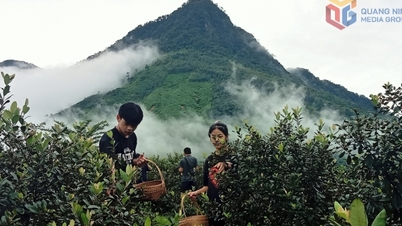

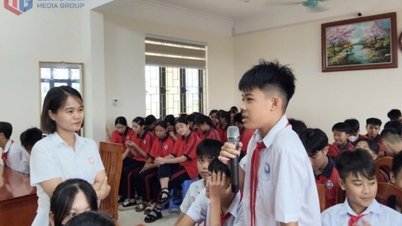






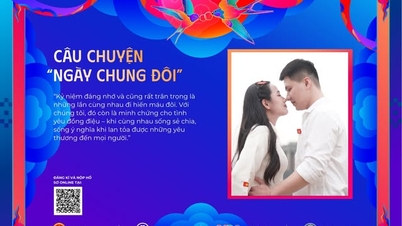
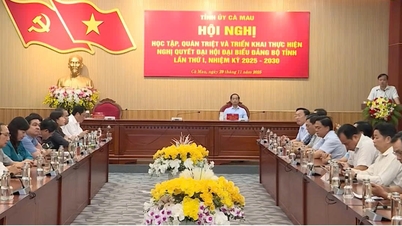
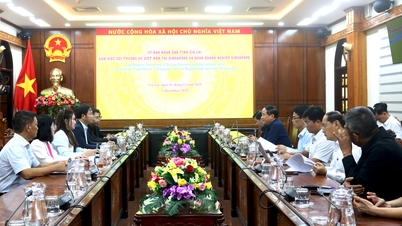
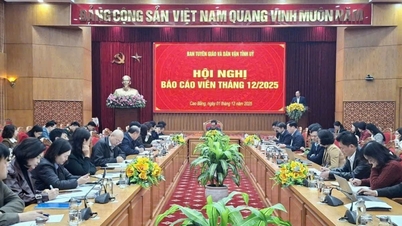
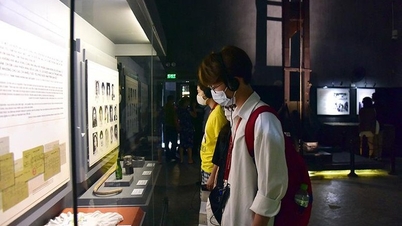



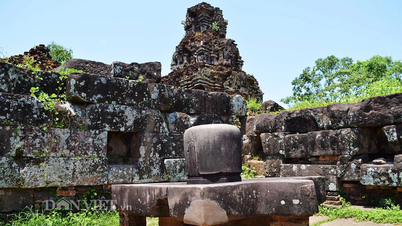

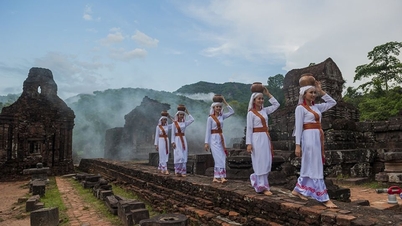
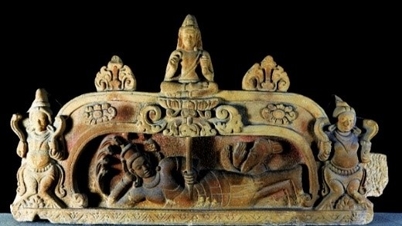
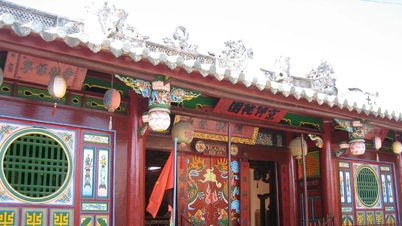
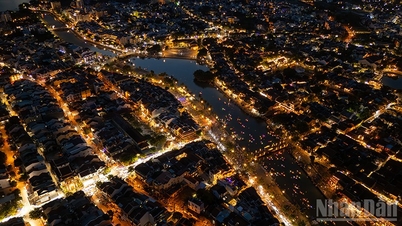

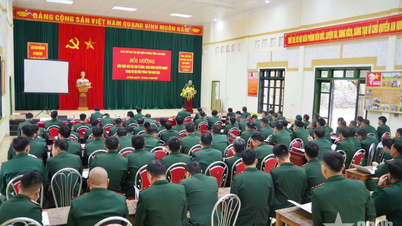



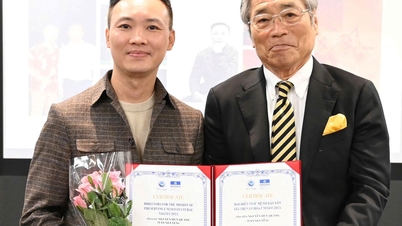



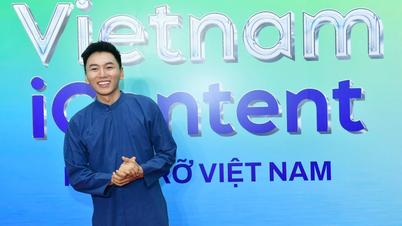








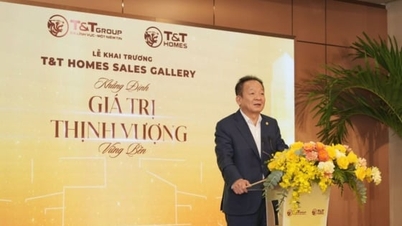









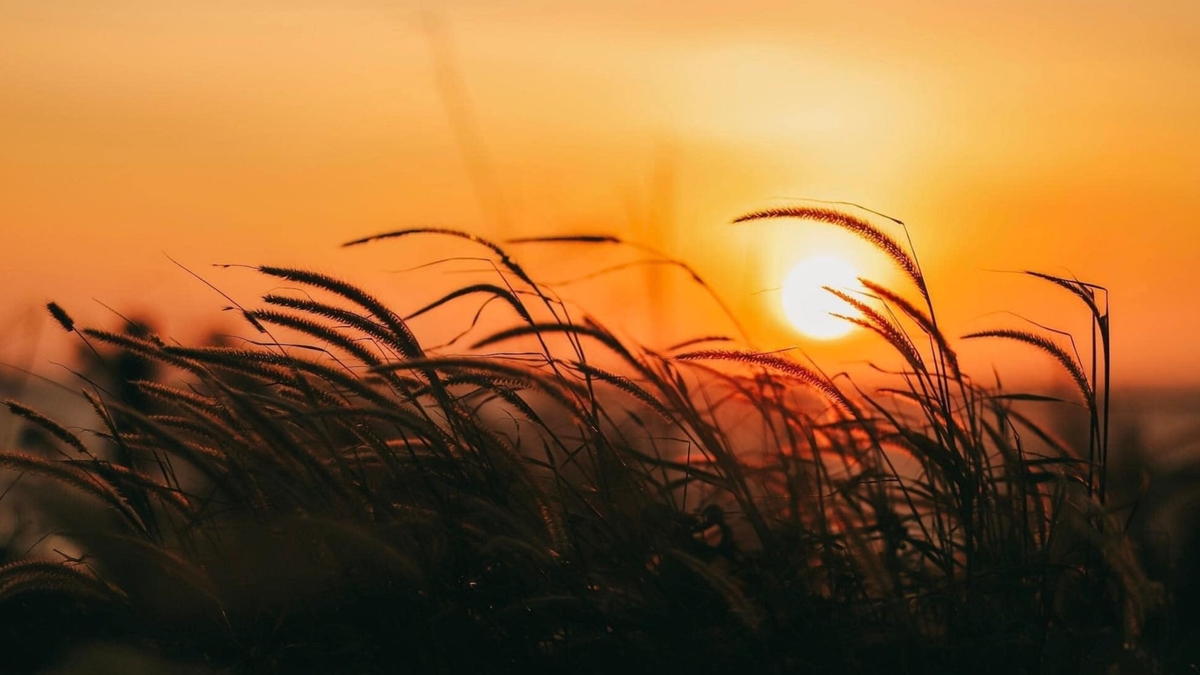




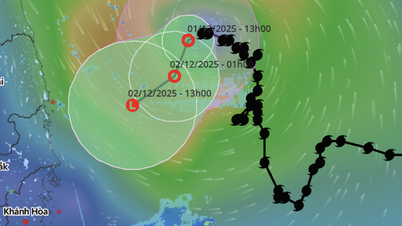



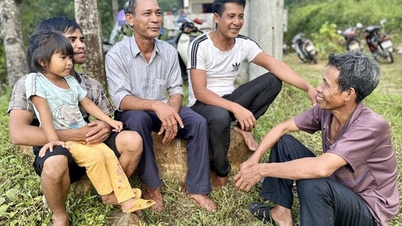

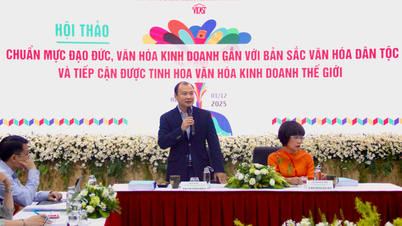
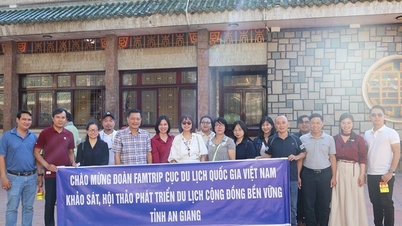

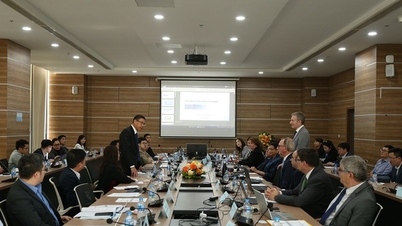

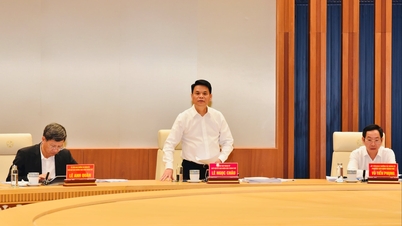

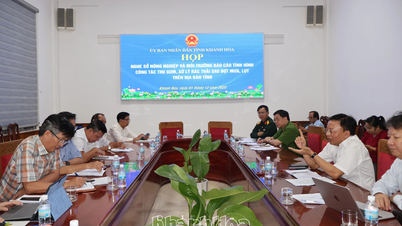




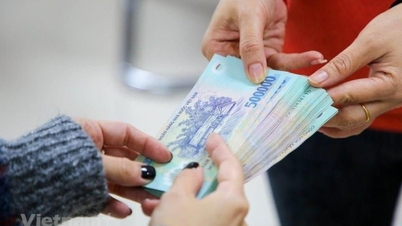







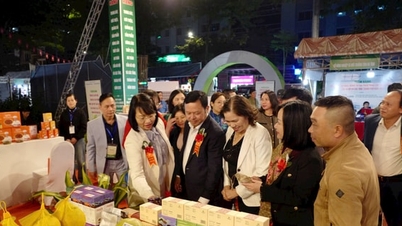
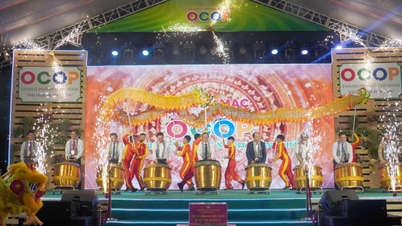

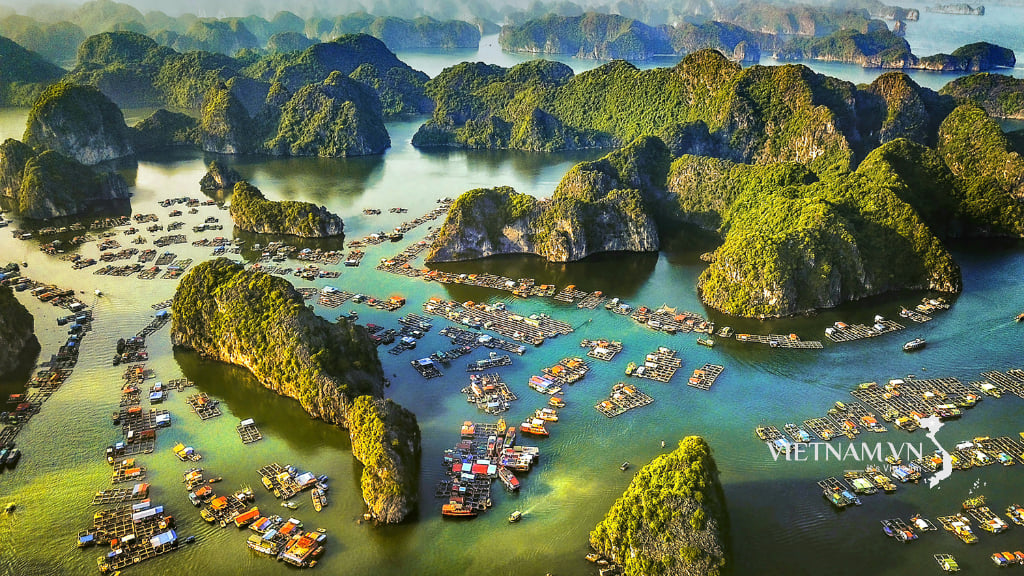



Comment (0)